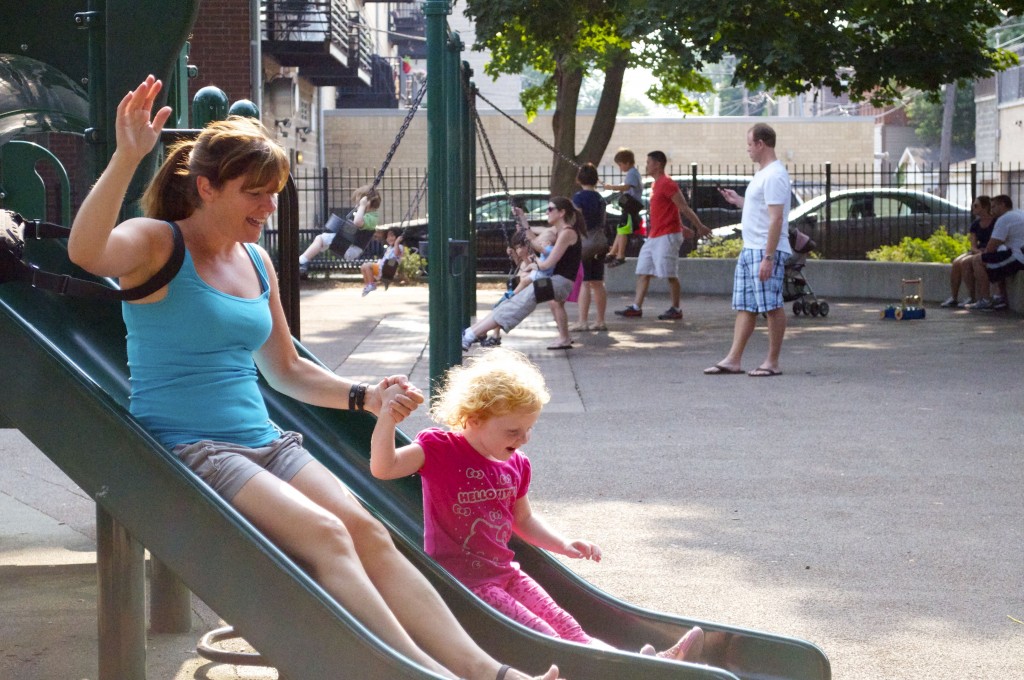At the Bloomington Center for Connection, we apply the lens of Relational-Cultural Theory to all of our interventions, from community-building groups to family therapy. One intervention we use frequently is Collaborative and Proactive Solutions, or CPS.
There are lots of packaged discipline programs for schools and parents, many of them with clever rewards charts, or even cringe-worthy consequences. The most commonly advised discipline technique is “time-out,” which is, at its most basic, a disconnection. Withdrawal of affection or privileges does not foster connection. If you’re not connected, you can’t help a child adapt their behavior, just like you can’t vacuum a house from outside. The mere absence of physical violence doesn’t make an intervention relational; that requires an end goal of connection.
CPS differs from punishment and reward systems because it actually teaches the skills that kids with problem behaviors are lacking within the context of a collaborative relationship. In many ways, CPS empowers kids to behave better.
In RCT we talk a lot about power. We look at the power of a culture to create toxic relationships, to devalue certain characteristics, or to nurture disconnection. We are mindful of the power differentials in a therapist-client dyad. We notice how a power-over, or top-down approach leads to inauthentic relationships, to people hiding parts of themselves in order to stay in connection. In the therapeutic relationship we strive for a power-with connection, defined by the Jean Baker Miller Training Institute:
Concept that more can be accomplished through collaborative efforts than through hierarchical arrangements, building on the notion that creativity and action develop in good connections. “Power with” grows as it empowers others and stands in opposition to “power over,” which accrues through directing and controlling others.
CPS describes three categories of caregiver-child interactions. Plan A is a top-down, power-over approach. The caregiver sets limits, solves problems and gives solutions. The child is a passive recipient. Plan A is useful if you’re standing next to a toddler who is about to run in the street; grab their arm and pull them back. Plan C, on the other hand, could be described as power-under, although it isn’t really, because it involves making a conscious choice to let go of the expectation causing the problem for the time being. Plan C is useful if you’re caught in a cycle of meltdowns; lowering expectations and allowing the child’s brain (and yours) to rest. It’s useful if your list of unsolved problems is longer than three.
Plan B, now that’s where the meat is; and it’s where the power-with interactions reside. Plan B is collaborative; it’s not possible to do Plan B without first listening to and fully understanding everyone’s concerns. It is built on teamwork, on connection, empathy, and the belief that everyone involved wants the problem to be solved. If an adult involved in Plan B is imposing a solution that the child hasn’t agreed to, it’s no longer Plan B. Plan B forces adults, who are frequently accustomed to dropping their Plan A bombs wherever they like, to adopt a power-with stance. This is why we use CPS so much in our work with families and schools.


